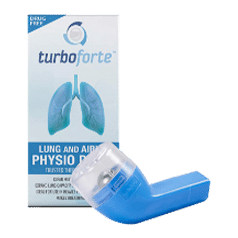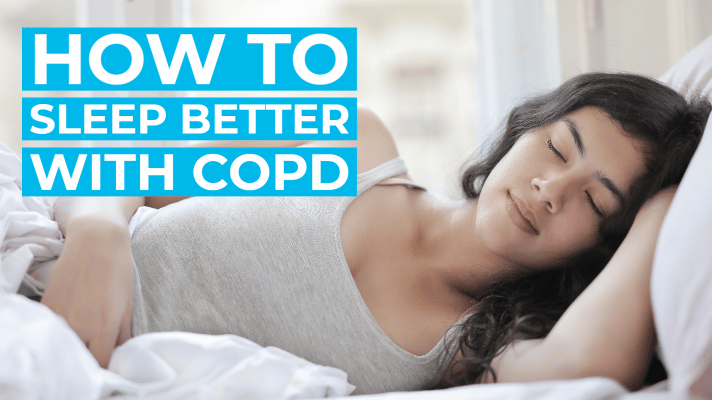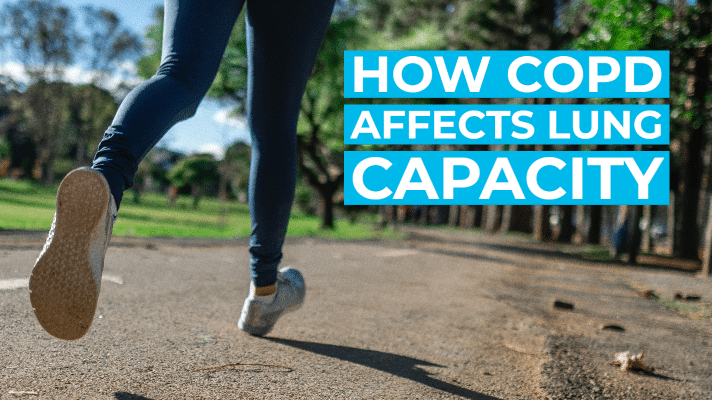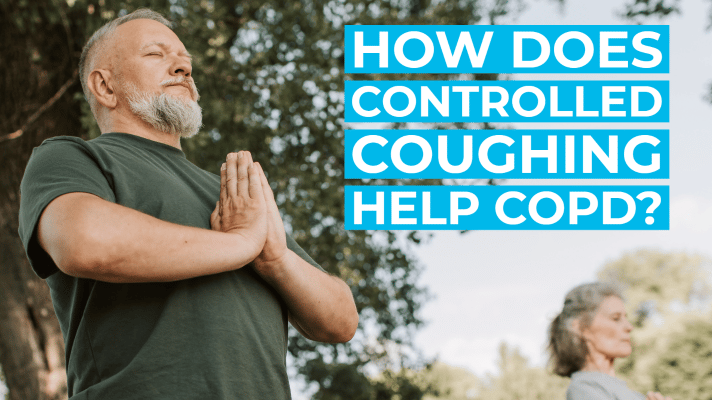What Is A PEP Device?
Respiratory Devices are devices that help individuals with reduced breathing ability, improve the exchange of oxygen in an individual’s respiratory system.
Positive Expiratory Pressure (PEP) devices are a type of respiratory device that helps a patient expand their airway and expel mucus.
Positive Pressure (PEP) means that the pressure inside the device is greater than the pressure outside, which makes adding air into the device more difficult. Positive Pressure provides resistance to any air going in.
Expiratory (PEP) means exhalation. Putting those together, PEP devices provide resistance when the patient is breathing out.
PEP devices utilize PEP valves that regulate the pressure inside the device, maintaining the positive pressure that makes PEP devices effective.
How Do PEP Devices Help me Breathe?
Normally breathing out or exhaling, even without PEP devices, expands your airway. This expanding effect is increased when exhaling against resistance.
In the human respiratory system, an expanded airway allows more gases to flow through, specifically carbon dioxide during exhalation. Like in a highway, wider lanes mean that more cars can pass through.
The same principle applies to our airways, a wider airway translates to easier breathing.
In an airway clogged with mucus, OPEP devices utilize the gentle oscillations and positive pressure to loosen phlegm and mucus, induce coughing and move the unhealthy secretions up to a point where it can be expelled.
Do I Need PEP Therapy?
PEP Therapy is best utilized by individuals that require clearance of mucus from their lungs as well as those who need wider airways.
These individuals include those diagnosed with Chronic Obstructive Pulmonary Disease (COPD), cystic fibrosis (CF), atelectasis, bronchitis, bronchiectasis and asthma.
Conversely, OPEP Therapy cannot be recommended for individuals diagnosed with tuberculosis, pneumothorax,right-side heart failure and conditions that involve coughing up blood.
If in doubt, it is best to consult a medical care professional before undergoing PEP Therapy.
What Are The Benefits Of PEP Therapy?
In a 2018 study by Dwyer T.J. et.al, 14 participants sourced from an Adult Cystic Fibrosis (CF) Clinic at Royal Prince Alfred Hospital, Sydney, Australia and an advertisement in the CF NSW newsletter, agreed to take part in interventions to clear mucus in their lungs.The 14 participants were diagnosed with mild to severe Cystic Fibrosis. These interventions included treadmill exercise and PEP Therapy.
Participants reported two main benefits of PEP Therapy compared to treadmill exercise and no intervention at all. Improved mucus clearance and a reduced sense of chest congestion. These were seen during the therapy’s 20-minute time span;
- Improved Mucus Clearance
There are three airway clearance techniques shown to improve mucus clearance:
- Conventional Chest Therapy (CCT), wherein the patient lays in a stomach down position while a medical professional rhythmically taps a patient’s back followed by hand-induced vibrations.
- Positive Expiratory Pressure (PEP) Therapy, wherein the patient completes cycles of breaths with a PEP device, followed by coughing to expel mucus.
- Forced Expiratory Technique (FET), which is similar to PEP Therapy but without the PEP device.
Of these three techniques, the study has not proven any one technique to be more effective than the other. However, the research also states that participants show a higher preference for techniques that can be performed without the aid of others, like PEP Therapy and FET.
Of these three techniques, the study has not proven any one technique to be more effective than the other. However, the research also states that participants show a higher preference for techniques that can be performed without the aid of others, like PEP Therapy and FET.
PEP Therapy was able to clear more mucus in all participants compared to exercise and no intervention. Additionally, the improved mucus clearance was attained during the therapy’s 20-minute time span, suggesting an immediate response of the patients’ airways to PEP Therapy.
Whilst there were no significant differences in mucus clearance from the intermediate and peripheral lung regions, the results showed significantly more clearance from the central lung region after PEP Therapy. The improvement was attributed to the coughing component in PEP Therapy.
The coughing took advantage of the wider airways brought about by the PEP device, allowing the mucus to pass through what was an unyielding pathway.
- Reduced Sense Of Chest Congestion
Aside from the medical tests to measure the clearance of mucus, the 15 participants were also asked to rate their sense of chest congestion (0 for very congested to 10 for very clear) before and after PEP Therapy.
The average rating was 4.2 before the PEP therapy and increased to 5.9 immediately after. These numbers show a significant change in sense of chest congestion compared to exercise and no intervention.
For exercise, the average before rating stood at 5.2, and only rose to 6.1. Finally, for no intervention, the average before rating read 5.9 and barely increased to 6.4.
All in all, the conclusion of the study suggests that although exercise and no intervention improved mucus clearance, the effects of PEP Therapy are too significant to be ignored.
Do I Change My Lifestyle To Undergo PEP Therapy?
PEP Therapy is intended to be used as a supplementary treatment, therefore it is added to existing treatments. There are no lifestyle changes brought about by undergoing PEP Therapy, other than those that existed for the patient previously.
Choosing The Right PEP Device
Traditional PEP devices rarely differ in the level of positive pressure which determines the effectiveness of the device. Innovation of the standard PEP device has seen the development of Oscillating PEP (OscPEP or OPEP) devices. These improve upon the basic concept of PEP devices by adding a component that vibrates and creates what is commonly referred to as a flutter effect.
OPEP devices greatly improve the movement of mucus through the added flutter device. The oscillation helps the mobilization of mucus by causing vibrations through the airway and lungs.
An expanded airway brought about by PEP, in combination with loose mucus from the oscillation or vibration, contribute to making the coughing component of therapy more efficient.
Turboforte™ Lung Physio is a safe and effective OPEP device approved by FDA, TGA with CE certification and is recommended for individuals diagnosed with Asthma, Chronic obstructive pulmonary disease (COPD), Cystic Fibrosis (CF), atelectasis, bronchitis and bronchiectasis.
Users report improved mucus clearance, reduced chest congestion and increased lung capacity. You can breathe easy with Turboforte in the palm of your hand!




